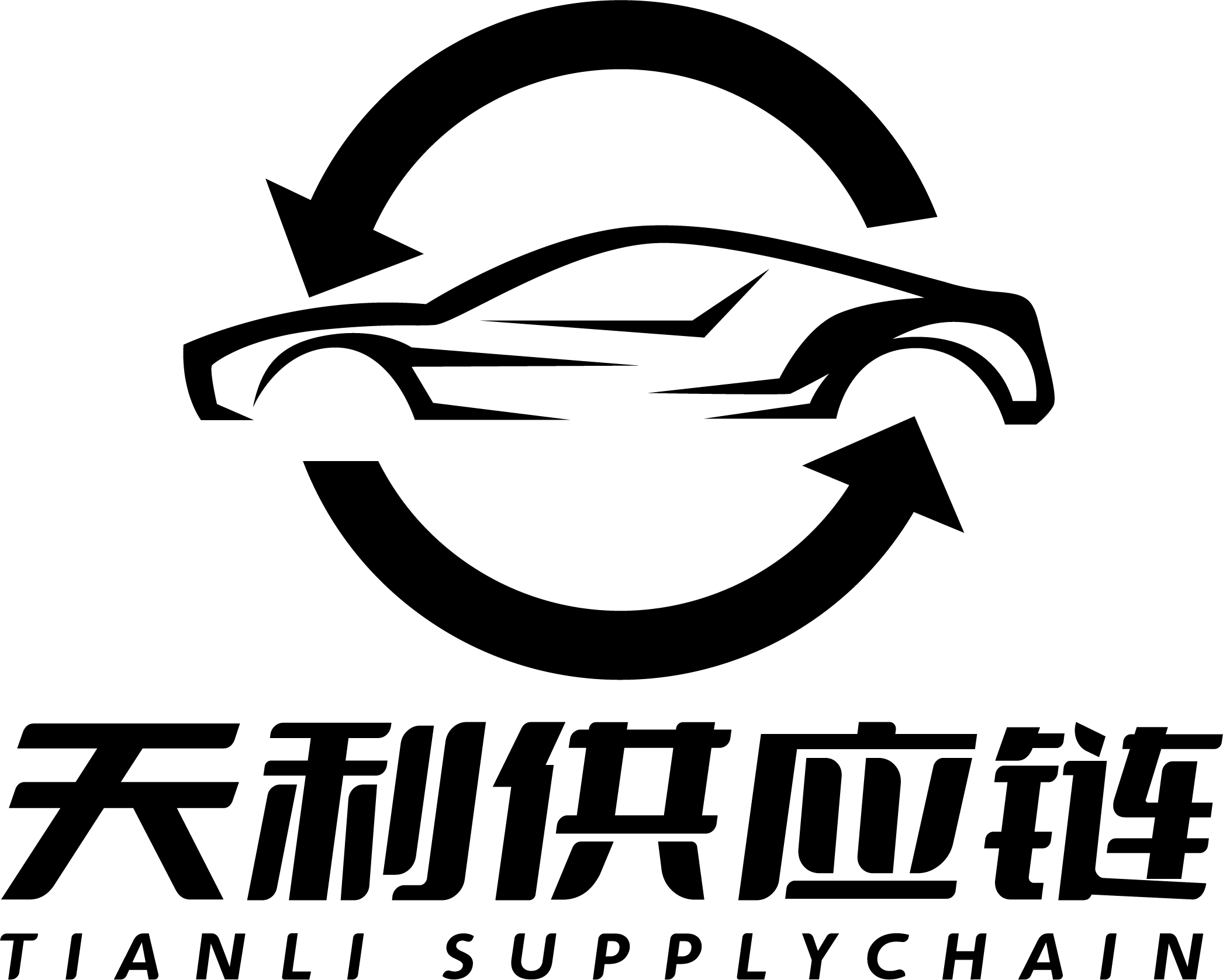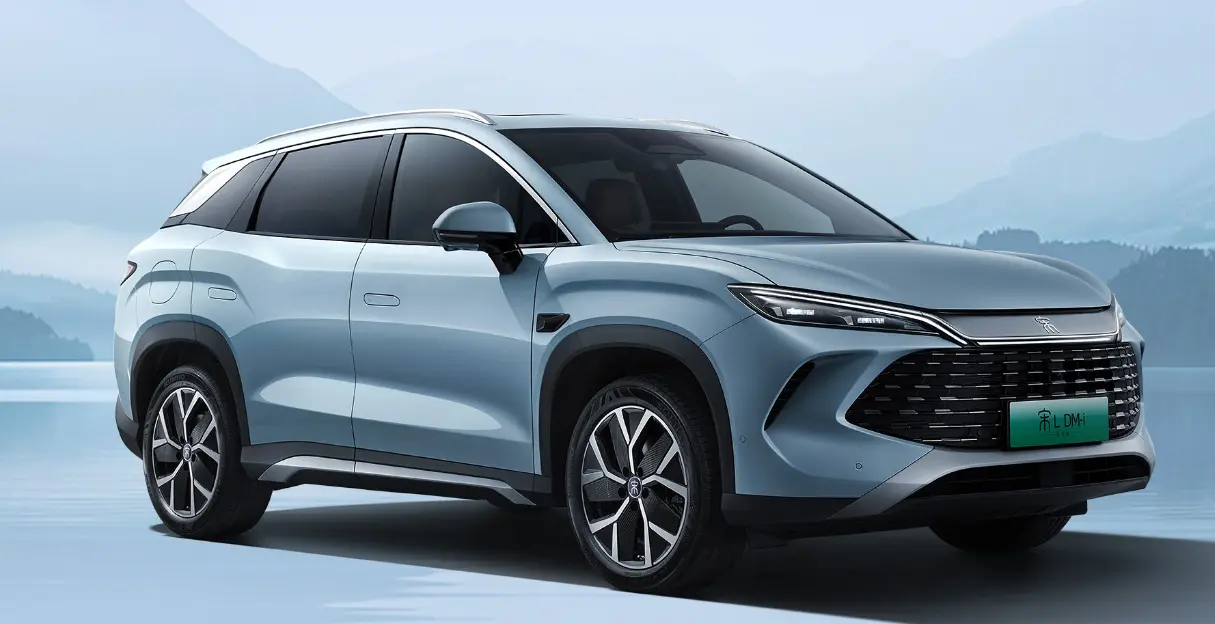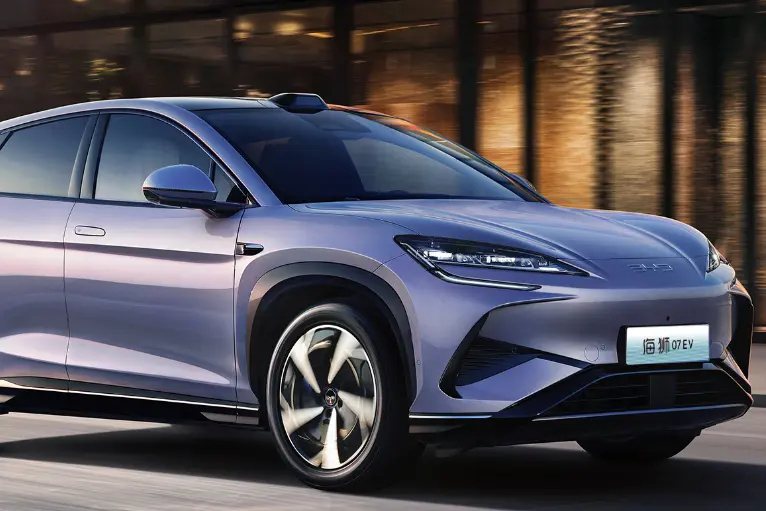New energy electric vehicle power system: A performance Revolution Reshaping Mobility
The moment the switch of a new energy electric vehicle https://www.supplychainauto.com/ is lightly pressed, that "zero-delay" pushback sensation is quietly rewriting people's perception of car power. Compared with traditional fuel vehicles, the power system of electric vehicles is like a silent technological revolution. The design centered on electric drive has built up all-round advantages in response speed, continuous output, energy efficiency and other dimensions, redefining the performance standards of modern travel.
| The instantaneous response of the "electric drive instinct" is the most intuitive charm of the electric vehicle power system. Traditional fuel vehicles rely on the combustion cycle of internal combustion engines. From fuel atomization to piston pushing, power transmission needs to go through a complex mechanical chain. At low RPMS, torque is scarce, and starting is often accompanied by a "lag" feeling. The electric motor of an electric vehicle only needs current passing through the coil to instantly generate a magnetic force to drive the rotor, and it can generate the maximum torque from 0 speed. This "peak upon power-on" feature makes scenarios such as starting at traffic lights and overtaking acceleration effortless - the moment you press the accelerator pedal deeply, the power rushes directly to the wheels like an electric current, without any gear shifting jolts or engine speed waiting, as if the vehicle and the driver's intentions have reached a "neuro-level" synchronization. |
In terms of the stability of continuous output, the electric vehicle power system appears more composed. Due to the mechanical limit of the reciprocating motion of the piston, the rotational speed of internal combustion engines is usually restricted to 6,000 to 8,000 revolutions per minute, and the torque curve is "mountain-shaped". Once the peak speed is exceeded, it will rapidly decline, and it is inevitable that there will be "insufficient afterpower" during high-speed acceleration. The electric motor has broken this physical barrier. Its rotational speed can easily exceed 10,000 revolutions per minute, and it maintains a stable torque output within a wide speed range. Whether it's the frequent acceleration and deceleration on urban roads or the re-acceleration and overtaking on highways, electric vehicles can continuously release strong power, turning "linear acceleration" from a concept into a daily experience.
| The philosophy of efficient energy transmission makes the power of the tram more "intelligent". The power of a fuel vehicle, from the engine to the wheels, passes through more than ten mechanical components such as clutches and multi-speed gearboxes, with a loss of up to 20% to 30% along the way, as if "carrying a leaking bowl to deliver water". The electric vehicle adopts a single-speed reducer or direct drive, shortening the power transmission path by nearly half. Combined with the motor's energy conversion rate of 85% to 90%, every kilowatt-hour of electricity can be more precisely converted into forward power. This high efficiency is not only reflected in the acceleration performance, but also makes "no energy waste" possible - recovering the excess kinetic energy during braking and storing it in the battery for recycling, achieving a perfect balance between environmental protection and range. |  |
From the lightness of starting from the garage to the stability of long-distance travel, the power system of new energy electric vehicles is using "electricity" as a pen to outline a new picture of future travel. It is not only a technological breakthrough, but also a reinterpretation of the "human-vehicle relationship" - when the power response is in harmony with the heart, every drive becomes a thrilling experience.















